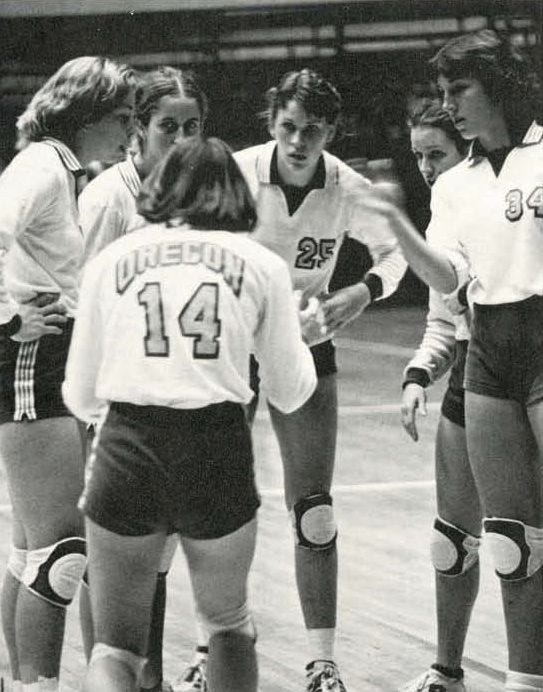The framework I wish I had as a first-time manager
what every manager should be evaluated on: competence, confidence, connection and character
Merry Christmas Eve! We have a short and sweet essay on Bonded this week. New articles are posted every Tuesday. In my last essay, The price of being good, I analyzed what the story of Wicked and the workplace have in common and what we can do to create better organizations. If you want to write-in: ask a question, tell a story, or share a comment, please do so here.
Please “like”, “share”, or “comment” if you enjoyed this article or found it interesting. It would help the piece reach more people, and it would mean the world to me. 💌
Years ago, I began using a framework that transformed how I evaluate my performance as a leader. The expectations of leadership—hitting objectives, developing my team, leading by example—were clear yet felt abstract and overwhelming. I often found myself questioning: What does it truly mean to lead a team effectively?
This ambiguity led to moments of self-doubt and a relentless search for clarity. I spent countless hours reading and reflecting, determined to understand the core competencies that define successful leadership.
It wasn't until I encountered John O’Sullivan’s book, Every Moment Matters, that I found a practical framework to guide my development. In his book, O’Sullivan introduces the "4 C’s of Leadership": Competence, Confidence, Connection, and Character. This model provided the clarity I needed, breaking down the multifaceted role of a leader into tangible, actionable components.
I believe every manager should be held accountable to the “4 C’s of Leadership,” as they outline the foundation for becoming an exceptional leader.
Competence
Competence is the foundation of effective leadership. It’s about having the technical skills and knowledge required to lead your team successfully. But competence goes beyond personal expertise—it’s also about ensuring your team has the resources, training, and support they need to excel. Early on, I learned that my role wasn’t to have all the answers but to foster an environment where questions could be explored and solved collaboratively. Leaders don’t need to be the smartest in the room, but they must be skilled enough to steer the ship and inspire trust in their team’s abilities.
Confidence
Confidence is synonymous with trust: trust in yourself, trust in your team, and their trust in themselves. As a leader, it’s your responsibility to instill that sense of belief. Confidence isn’t just about telling your team, “I believe in you” or “We’ve got this”—it’s about ensuring they believe it too. Pep talks are meaningless if your team doubts the objective’s feasibility.
When I began not only exuding my own self-belief but also actively nurturing confidence in my team, I witnessed remarkable changes. Team members started taking risks, making decisions, and embracing their roles with newfound assurance. However, I’ve also learned that confidence must be balanced—it should empower your team without overshadowing them. A confident leader enables others to grow and shine without feeling threatened by their success.
Connection
Building connections is essential—not only among teammates but also with cross-functional leaders, managers, and customers. A connected team doesn’t just work better together; they innovate, problem-solve, and collaborate with greater effectiveness.
As a leader, creating opportunities for connection is critical to collective success. Over the years, I’ve prioritized team-building activities and fostering authentic relationships within the team. This effort has paid dividends, not only strengthening bonds but also helping us navigate conflicts with greater understanding and empathy.
Character
Character is the compass that guides a leader's actions. It’s demonstrated through empathy, respect, and integrity—treating each team member with kindness and fairness while fostering an environment of mutual respect.
A leader with strong character sets a standard: gossip has no place, and everyone is valued for their contributions. Such a leader inspires alignment and commitment to shared goals, ensuring the team moves forward together.
While the 4 C’s are what we hope for in every leader, traditional performance evaluations often focus solely on outcomes—metrics and results. But great leadership isn’t just about achieving objectives; it’s about the care, nurture, and development we invest in our teams.
The true measure of leadership lies in creating an environment where competence, confidence, connection, and character thrive. When these qualities are prioritized, the objective results follow naturally as a reflection of a team that feels valued, supported, and empowered to succeed.


